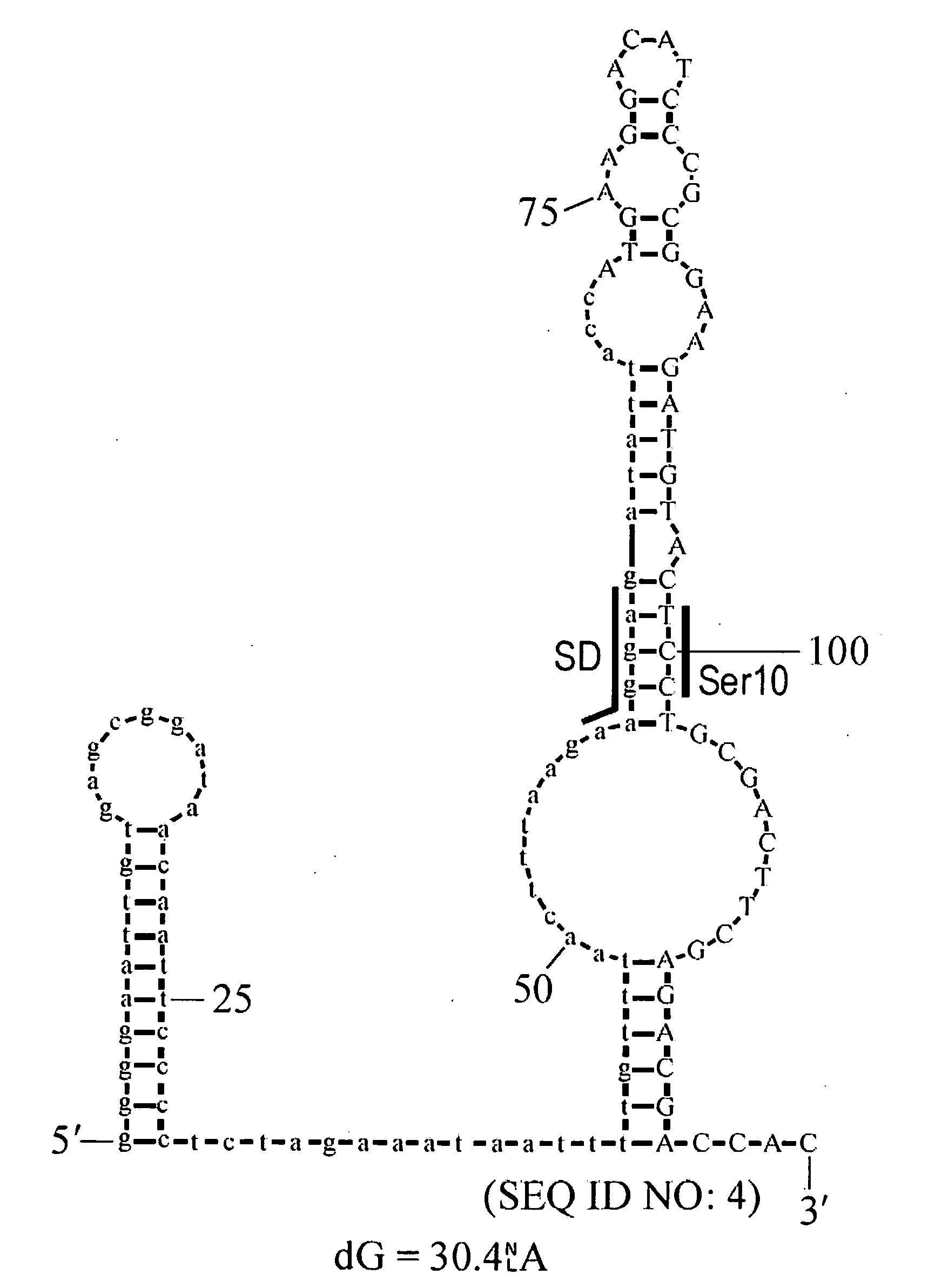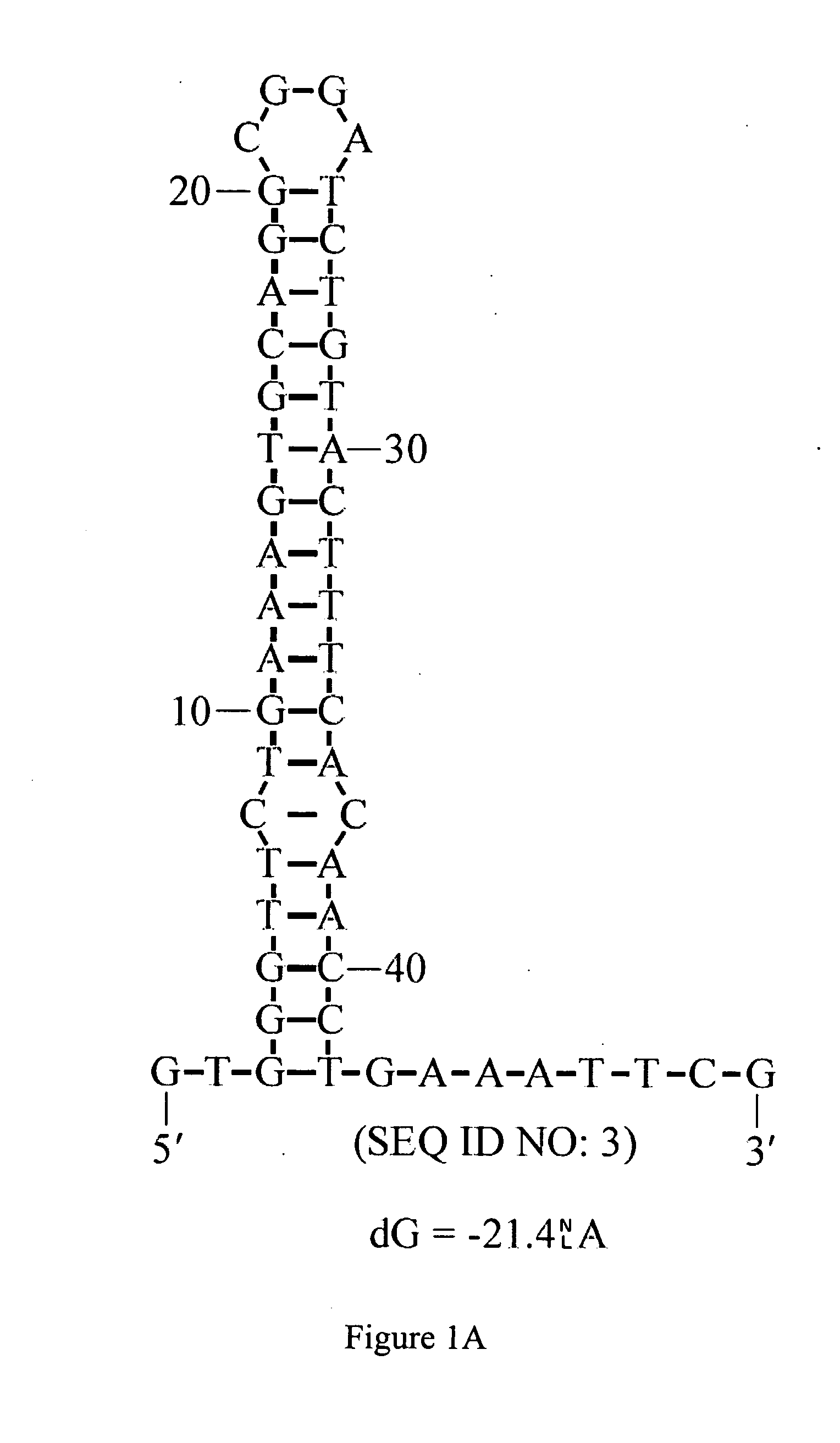Design of synthetic nucleic acids for expression of encoded proteins
a technology of encoded proteins and synthetic nucleic acids, applied in the field of designing nucleic acids with desired properties, can solve the problems of no reliable strategy for selecting codons, and no current reliable algorithm
- Summary
- Abstract
- Description
- Claims
- Application Information
AI Technical Summary
Benefits of technology
Problems solved by technology
Method used
Image
Examples
Embodiment Construction
[0047]Before the present invention is described in detail, it is to be understood that this invention is not limited to the particular methodology, devices, solutions or apparatuses described, as such methods, devices, solutions or apparatuses can, of course, vary. It is also to be understood that the terminology used herein is for the purpose of describing particular embodiments only, and is not intended to limit the scope of the present invention.
5.1 Definitions
[0048]Use of the singular forms “a,”“an,” and “the” include plural references unless the context clearly dictates otherwise. Thus, for example, reference to “a polynucleotide” includes a plurality of polynucleotides, reference to “a substrate” includes a plurality of such substrates, reference to “a variant” includes a plurality of variants, and the like.
[0049]Where a range of values is recited, it is to be understood that each intervening integer value, and each fraction thereof, between the recited upper and lower limits...
PUM
| Property | Measurement | Unit |
|---|---|---|
| frequency | aaaaa | aaaaa |
| weights | aaaaa | aaaaa |
| weight | aaaaa | aaaaa |
Abstract
Description
Claims
Application Information
 Login to View More
Login to View More - R&D
- Intellectual Property
- Life Sciences
- Materials
- Tech Scout
- Unparalleled Data Quality
- Higher Quality Content
- 60% Fewer Hallucinations
Browse by: Latest US Patents, China's latest patents, Technical Efficacy Thesaurus, Application Domain, Technology Topic, Popular Technical Reports.
© 2025 PatSnap. All rights reserved.Legal|Privacy policy|Modern Slavery Act Transparency Statement|Sitemap|About US| Contact US: help@patsnap.com



